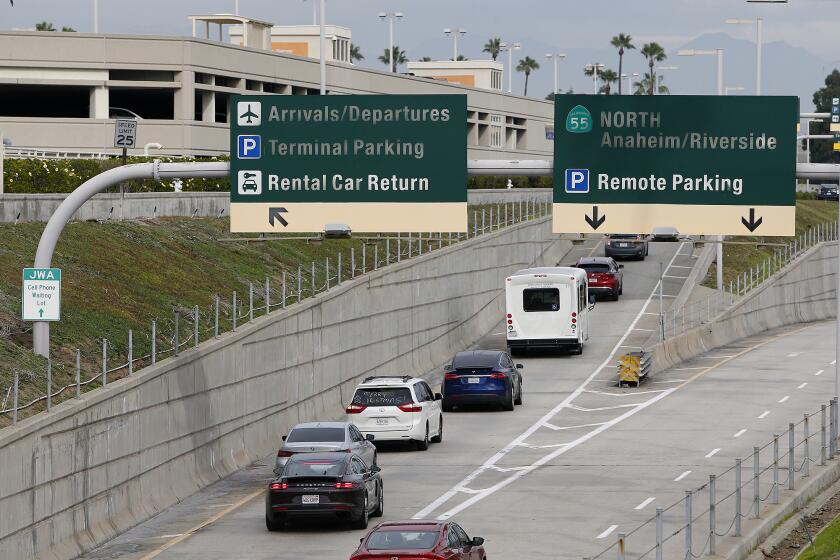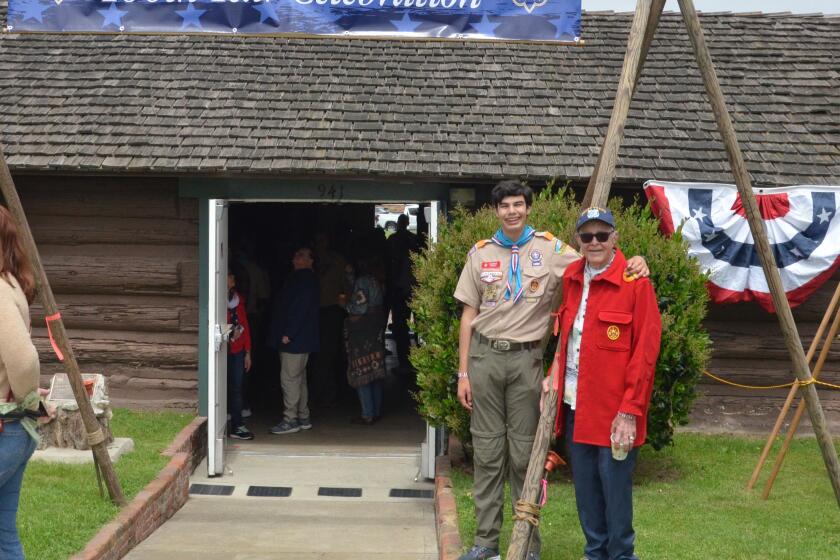Land Trust releases restoration plan
The Bolsa Chica Land Trust has unveiled an ambitious plan for the restoration of the lower bench of the Bolsa Chica mesa, one that officials hope could work as a model for natural habitat restoration statewide.
The Trust entered into an agreement in 2008 with the California Department of Fish and Game, which owns the 118-acre lower bench mesa, to come up with the restoration plan, said Huntington Beach Councilwoman Connie Boardman, president of the Land Trust.
The goal is to remove invasive weeds and restore the grassland to provide for a viable habitat around the environmentally sensitive habitat area, she said.
The plan is not perfect but full of potential, said Kim Kolpin, director of the Bolsa Chica Stewards, which is the restoration team for the Land Trust.
“If it works, it will hopefully be the answer to a lot of restoration projects around the state,” she said.
The Department of Fish and Game recently released the Mitigated Negative Declaration of the restoration. A Mitigated Negative Declaration is a study that determines the impact of the project.
A public comment period is open until March 17. The Land Trust is also holding a town hall meeting at 7 p.m. March 10 at the Huntington Beach Central Library, rooms C and D. The California Coastal Commission must approve the project and issue a permit for it to begin.
The restoration will take 10 years and cost $4.3 million, Boardman said.
One of the main goals is to enhance the environmentally sensitive habitat areas and ecological groves that are home to birds of prey.
The first step to achieving this goal would be to get rid of the invasive weeds, which is planned to start this fall, Boardman said.
There are three options for removing the invasive weeds: burning, spreading herbicide or tilling. Tilling is the most accepted way of reducing the invasive weeds, Boardman said.
“We’re not going to burn the mesa next to all those homes,” she said. “And you can only imagine the gallons and gallons it would take of herbicides to remove the invasive weeds.”
“Tilling down to eight inches will remove the non-native plants and exhaust the seed bank,” Boardman said.
Native plants will be planted to prevent other invasive plants from growing.
“We’re really going to be a model for other restoration projects, because we’re going to do this in the least invasive way,” said Councilman Joe Shaw, also a Land Trust member.
The Land Trust is building four terra farms, which are round in shape. One farm will have a nursery while composting will be done in the three other farms.
Native grass will be grown in all four farms to plant in the mesa, Kolpin said.
The nursery would allow the Land Trust to grow its own plants and save money.
The reason for the four different terra farms is to find out what works and what doesn’t work for the mesa, Boardman said.
“The nursery is portable. It could be broken down and moved in a day,” she said. “If we have a sensitive species moving in and starting to nest, we can pick up and get out of there in a day so the animal is not disrupted. The terra farms will be turned into seasonal bonds, and we’ll just leave enhanced habitat.”
All the latest on Orange County from Orange County.
Get our free TimesOC newsletter.
You may occasionally receive promotional content from the Daily Pilot.



